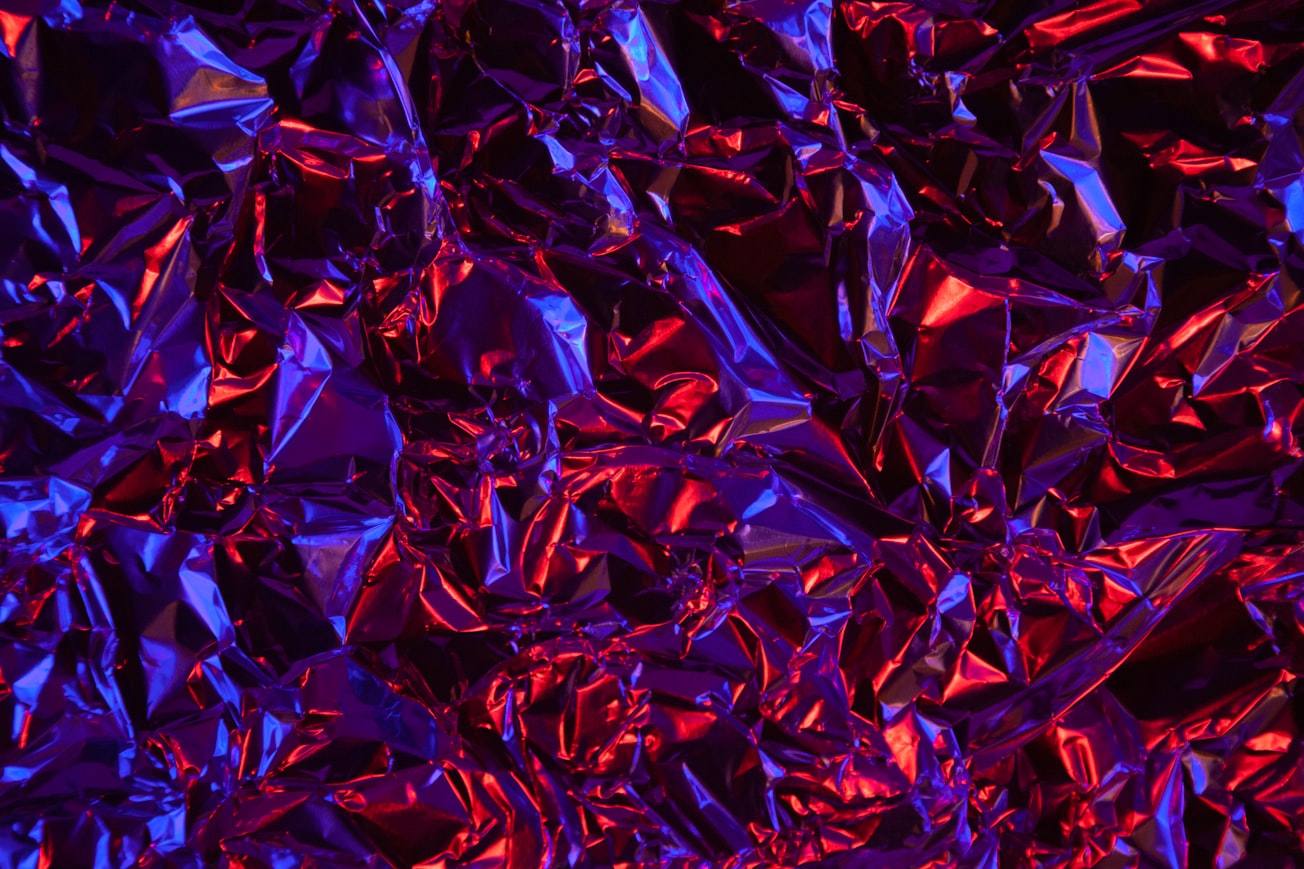What is it about?
Pressure-driven changes to the structure of glassy or liquid materials manifest themselves in the measured diffraction patterns. For the case of network-forming oxides and chalcogenides, these patterns display three prominent peaks at ambient conditions. The peaks are associated with ordering on length scales that are commensurate with the nearest-neighbour atomic separations, with the size of the local network-forming motifs, and with the arrangement of these motifs on an intermediate range. But how is this ordering effected by pressure? And are there any signatures that indicate a pressure-driven change to the coordination number of the network forming motifs? In the latter, a change to the coordination number of a motif leads to a change to the connectivity of that motif, i.e., there is a pressure-driven transformation of the network topology that drives changes to the material properties.
Featured Image

Photo by Deleece Cook on Unsplash
Why is it important?
The paper shows that the pressure-driven structural changes for disordered network-forming oxide and chalcogenide materials is substantially different to the pressure-driven structural changes that have been reported for metallic glasses. Moreover, the oxide materials show a common relation between the position of the diffraction pattern peak that describes the intermediate range ordering (the so-called first sharp diffraction peak) and the oxygen-packing fraction, a parameter that plays a key role in driving changes to the coordination number of local motifs. The first sharp diffraction peak can therefore be used to gauge when topological changes are likely to occur, events that transform network structures and their related physical properties.
Perspectives
It is difficult to measure the structure of a disordered material under high-pressure conditions, especially if the material is also heated. It is therefore useful to be able to use the peaks in a measured diffraction pattern to identify major structural changes in real-space. The results should prove useful when exploring the structure-property relationships for the important class of oxide materials, e.g., under the extreme conditions found in planetary interiors, or when preparing new glassy materials with the desired characteristics via a high-pressure processing route.
Professor Philip S Salmon
University of Bath
Read the Original
This page is a summary of: Pressure-driven transformation of the ordering in amorphous network-forming materials, June 2016, American Physical Society (APS),
DOI: 10.1103/physrevb.93.214204.
You can read the full text:
Contributors
The following have contributed to this page







